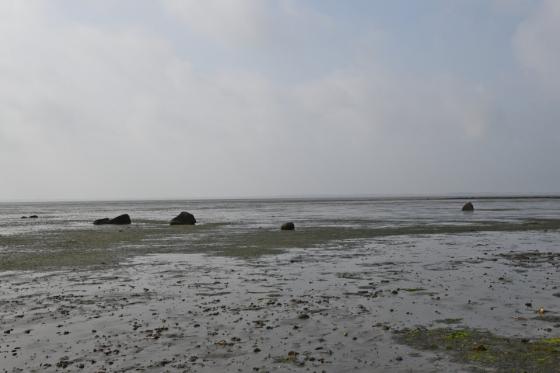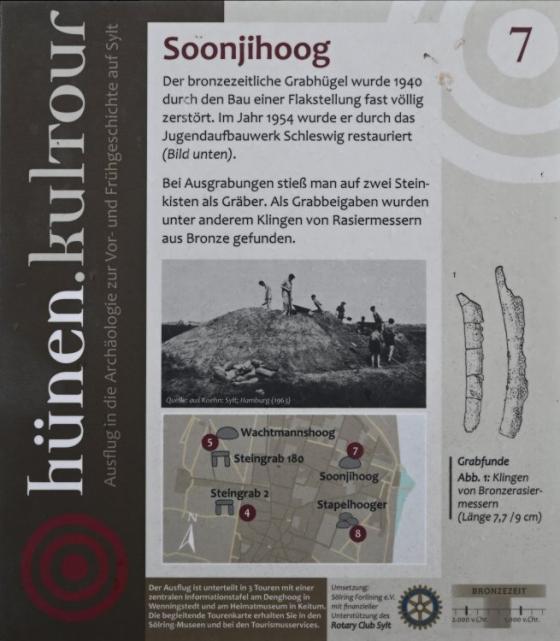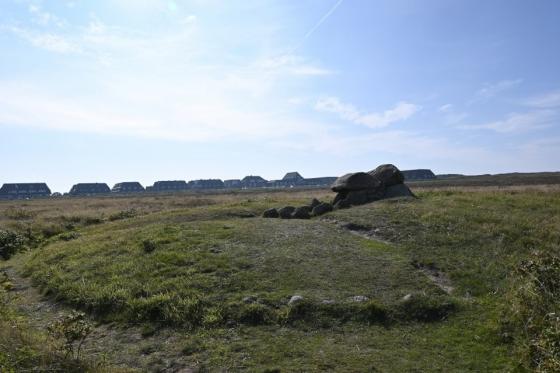
Visited September 2020

Visited September 2020
To the south-west of Archsum there are a couple of megalithic tombs, some of which have been destroyed, as they are located in the Wadden Sea and are therefore exposed to ebb and flow. Archsum 1 and the two giant beds Archsum 2 and Archsum 3 are the best preserved of these.
To get to the tombs, turn shortly before leaving the village in the direction of Keitum from the Dorfstrasse in Archsum south into Uaster Reeg. Then turn right into Weesterstich and after 250 m turn left into Deichweg. Follow this road south-west for 1.6km, there is a parking lot immediately in front of the Nössedeich (dike).
Visited September 2020

























